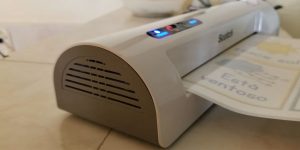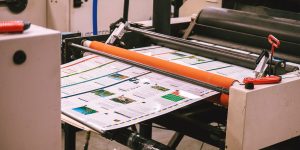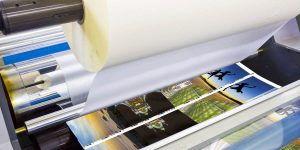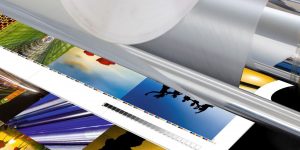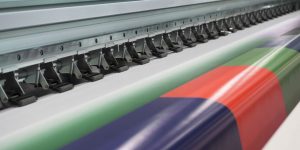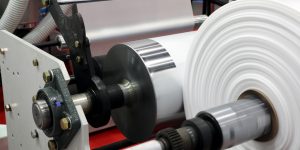Foiling with a laminator makes paper art. It’s the process of transferring foiled designs onto paper, wood, photos, or any material underneath it. You can also use this method for transfer printing on fabric and leather.
Can we use a normal laminator for foiling?
Yes, it is possible to use a normal laminator to foil. Everything depends on the paper you are going to work with and the machine settings. The rough rule is: high-quality material works well even in a normal laminator, while low-quality paper needs good ironing for foiling to look great.
You can improve the result of foiling by ironing the foil with a hot, dry iron. If you are using low-quality material, make sure that the foil is adhered to the paper by ironing it first before putting it through a laminator.
What is foiling with a laminator?
The process is simple, at least much more straightforward than hand foiling. It involves transferring the image from the foil to the sheet by sticking them together.
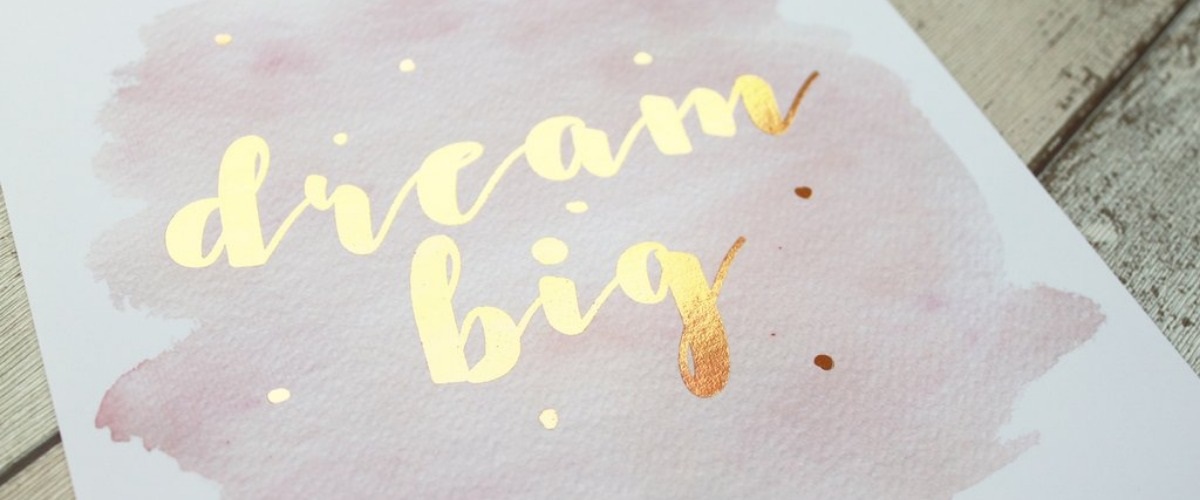
What laminator is better to use to foil?
The cold laminators don’t work well with metallic/foil sheets because they cannot melt the adhesive and activate it.
The hot laminators are better for foil because the heat activates the adhesive and sticks it to the paper. The heat is an advantage when the metallic/foil sheets are used together with other sheets because the heat makes sure that all items stick together. However, you should be careful because it can warp your paper.
How to choose a suitable laminator for foiling?
The best way is to get to know the maximum temperature of the machine. Foiling requires a higher temperature than usual (284 -356 °F).
Make sure you check what materials or films can be laminated with the machine. For example, if a laminator is designed to work with thinner materials, it generally won’t produce enough heat for foiling.
Pay attention to lamination speed or the possibility of regulating it. For example, people recommend using slow lamination speed because it can make the foil get through the rollers smoothly and that helps to avoid wrinkles on laminated surfaces.
The good idea is to choose a laminator with a Teflon roller. A good quality roller made of Teflon can make the foil move faster and more smoothly during the laminating process.
What foils can we use?
In general, people use different foils, but some of them work better than others. Pay attention that during the foiling process, laminators can damage thin and very fragile foils. Besides, foils with a white backing tend to create a visible edge during lamination. So people recommend using transparent or dark-backed foil.
We are supported by our audience. When you purchase through links on our site, we may earn an affiliate commission at no extra cost to you.
Our newsletter
* We will never send you spam or share your email with third parties


